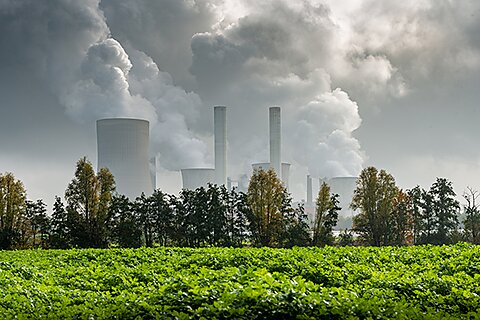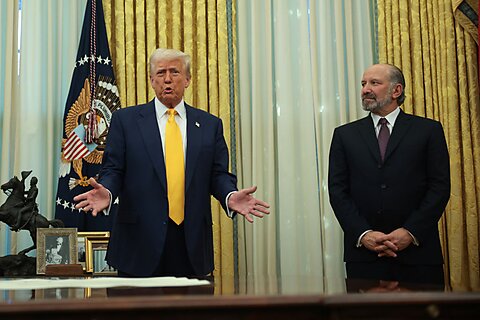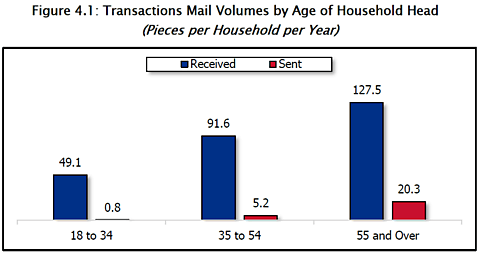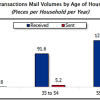Apparently, yes:
In California, recent evidence shows that facilities subject to cap-and-trade have reduced their greenhouse gas emissions by 3–9 percent. Our findings, however, reveal that toxic emissions from facilities subject to cap-and-trade policies were about 26–42 percent higher on average in the five years after the introduction of the program than they would have been otherwise.
Why? Treating toxic waste is a substantial source of greenhouse gas emissions; hence, increasing the cost of greenhouse gas emissions also makes treating toxic waste more expensive. As a result, cap-and-trade has inadvertently prompted firms to strategically cut back on their efforts to treat toxic waste, causing them to release more of it.
These results do not, by themselves, mean the cap-and-trade program was a mistake; that depends on the magnitude of the harms from carbon emissions versus those from toxic waste.
The example nevertheless illustrates that reducing environmental harms can be difficult; reducing one kind can increase another, since most productive activities generate a range of externalities.
Cross-posted from Substack.











